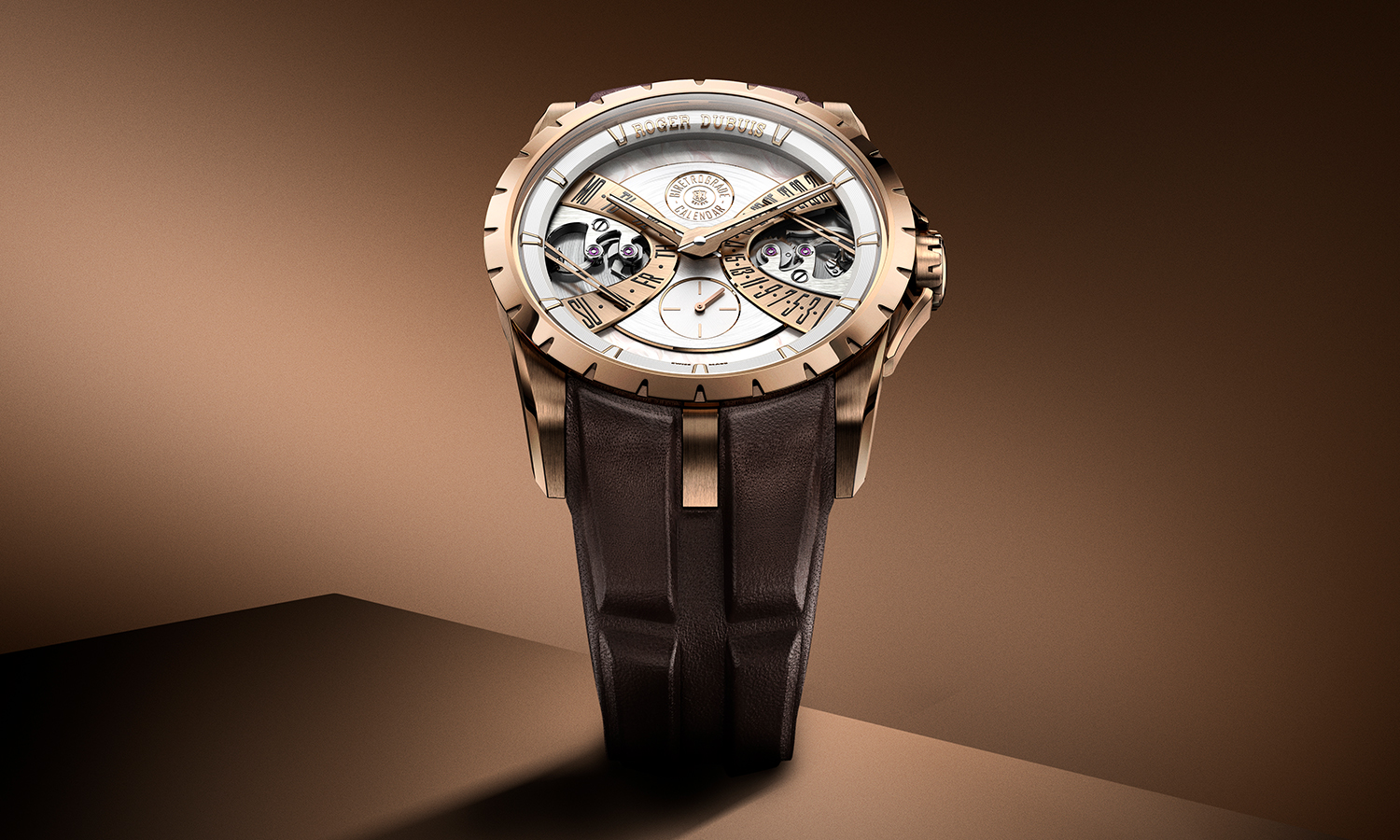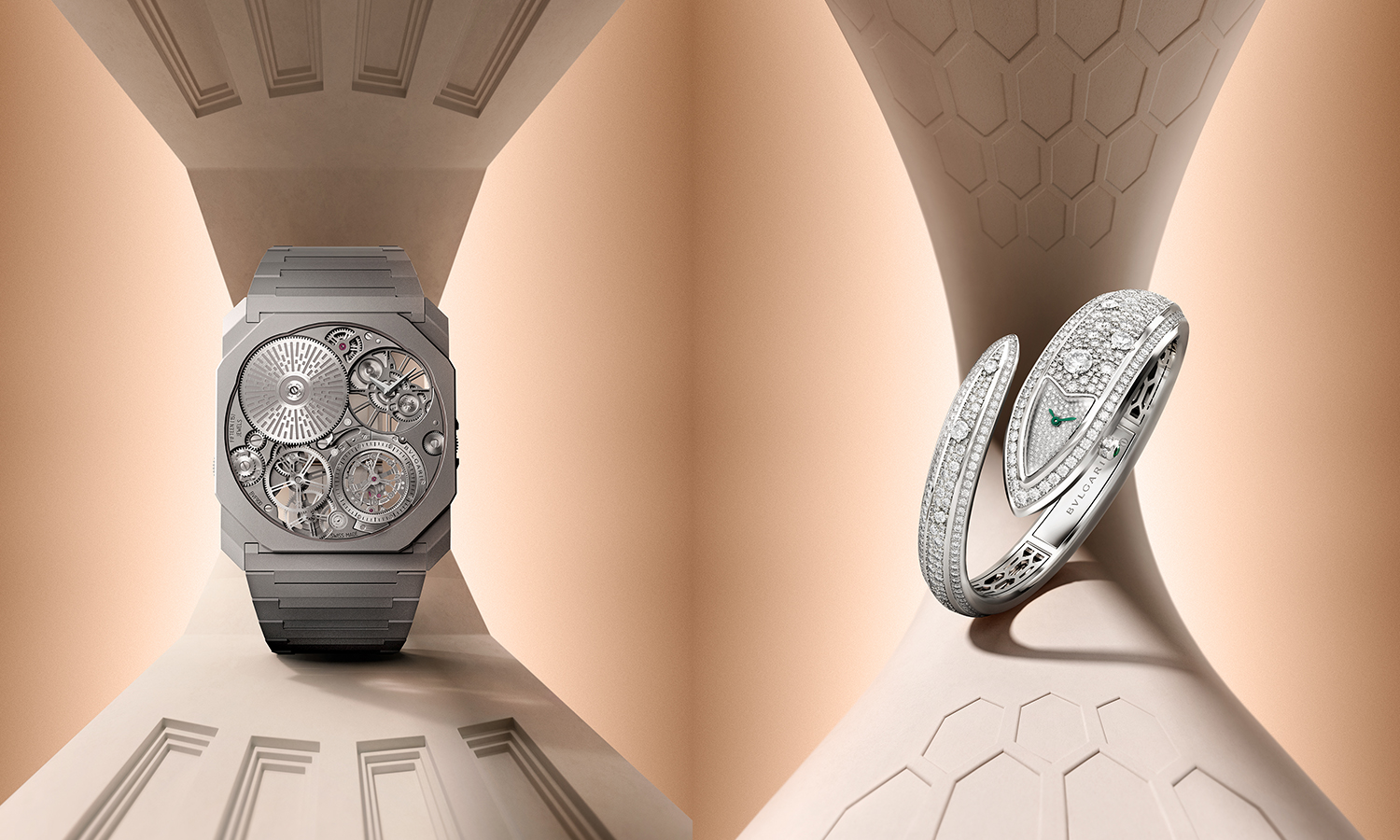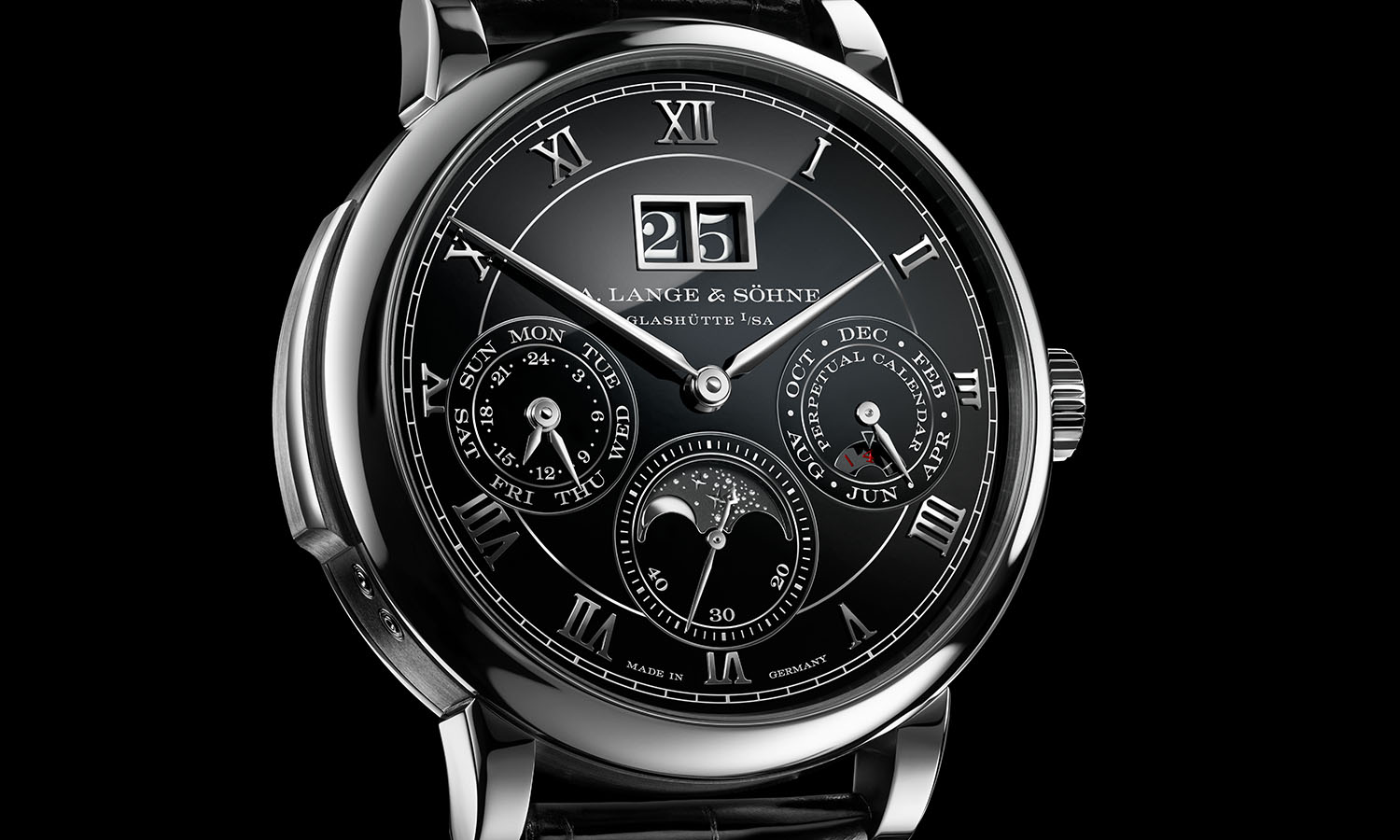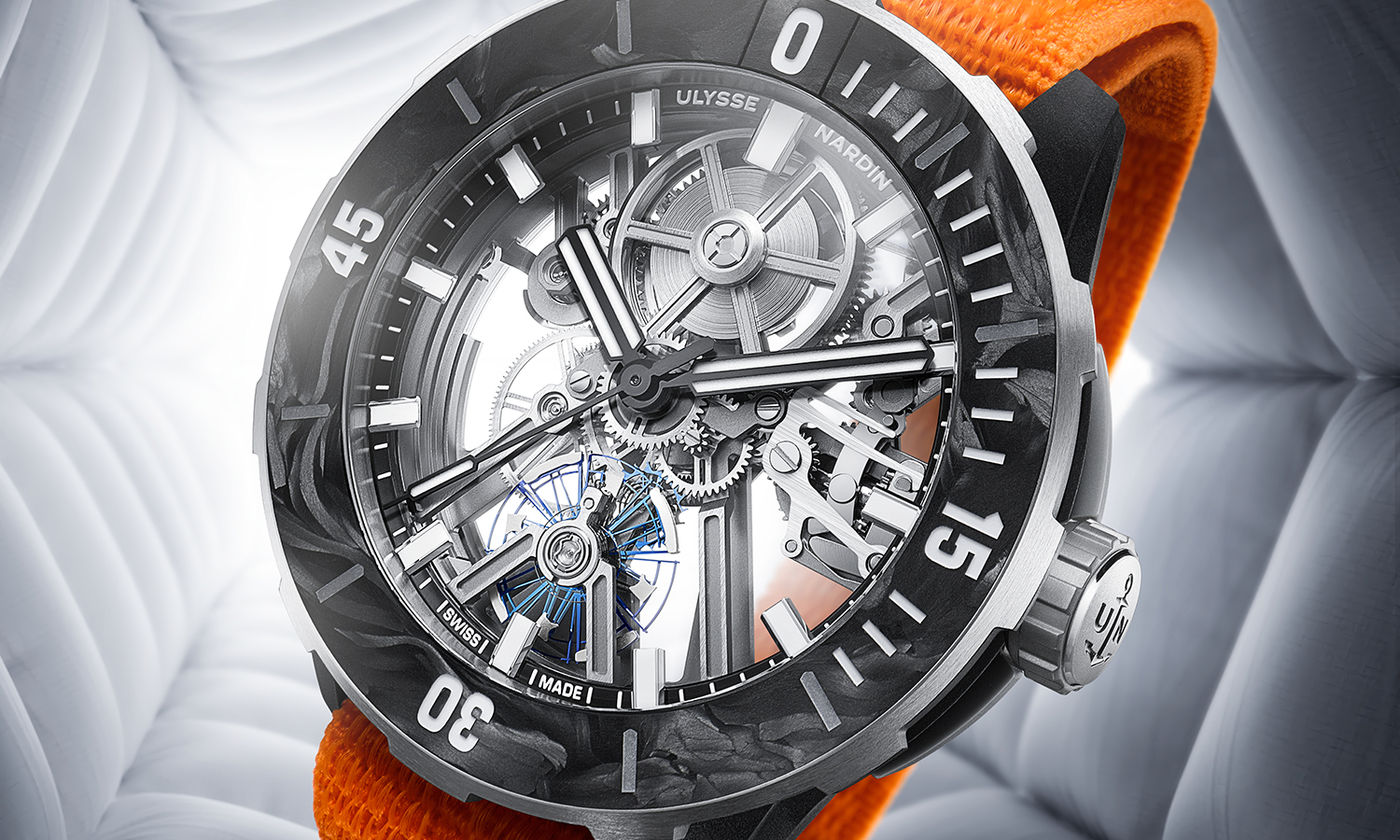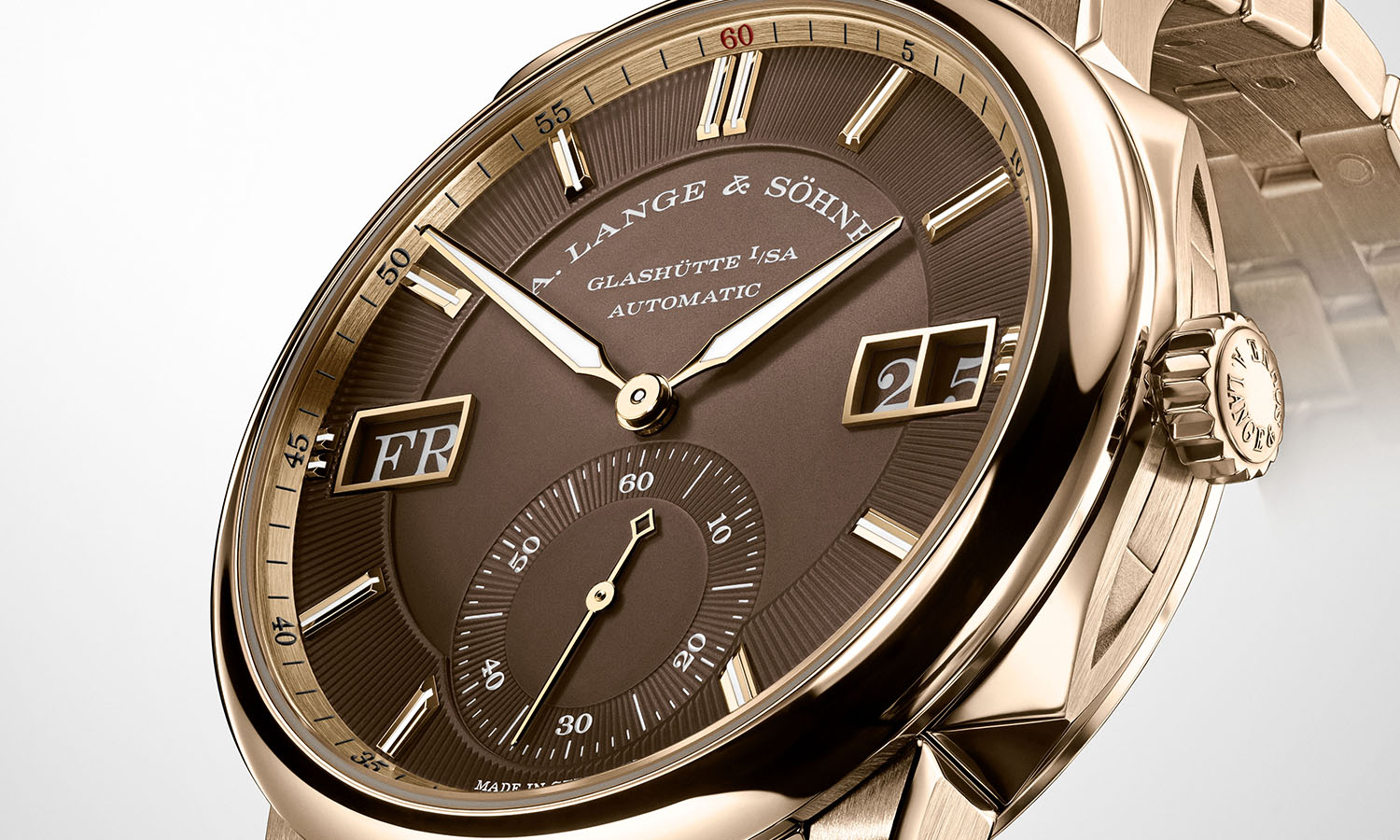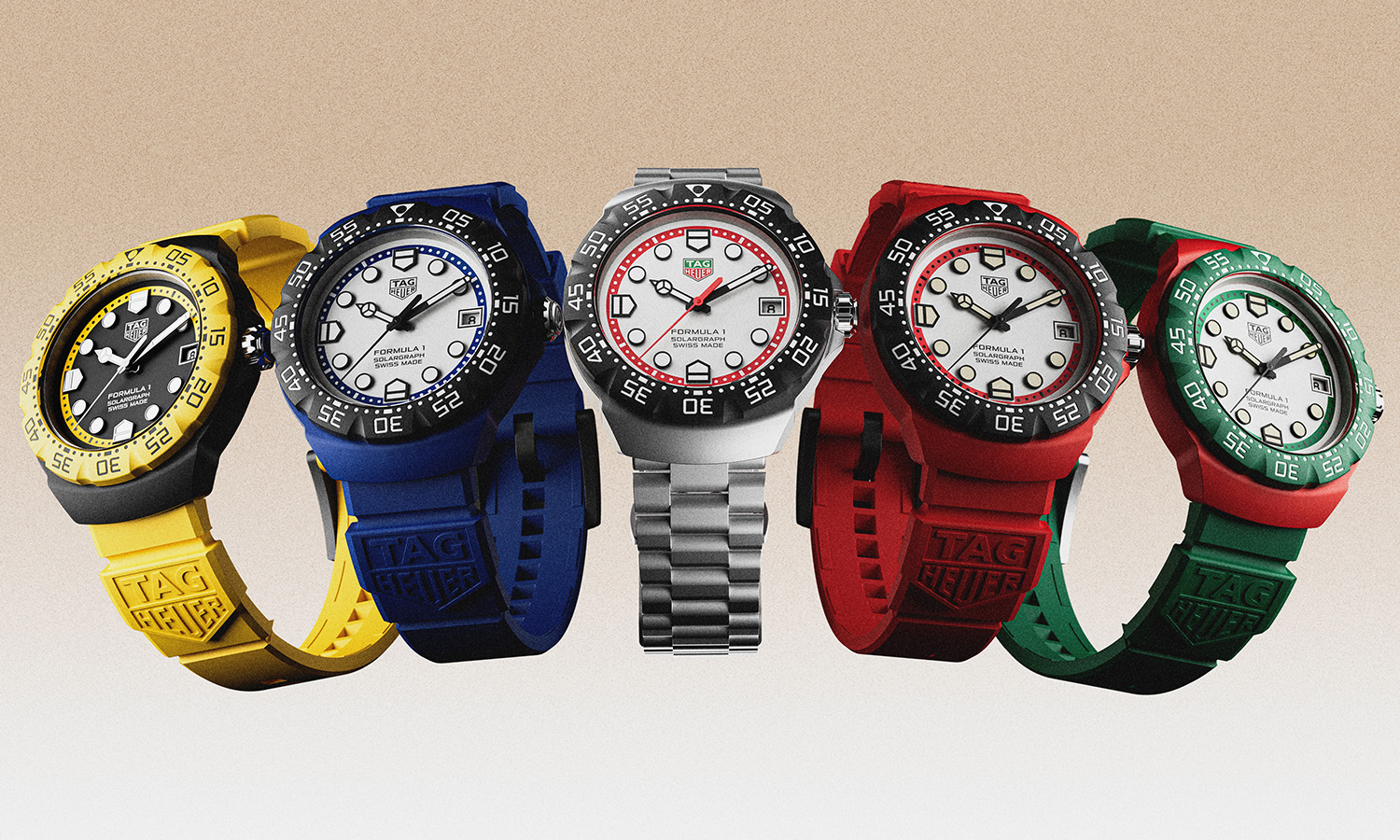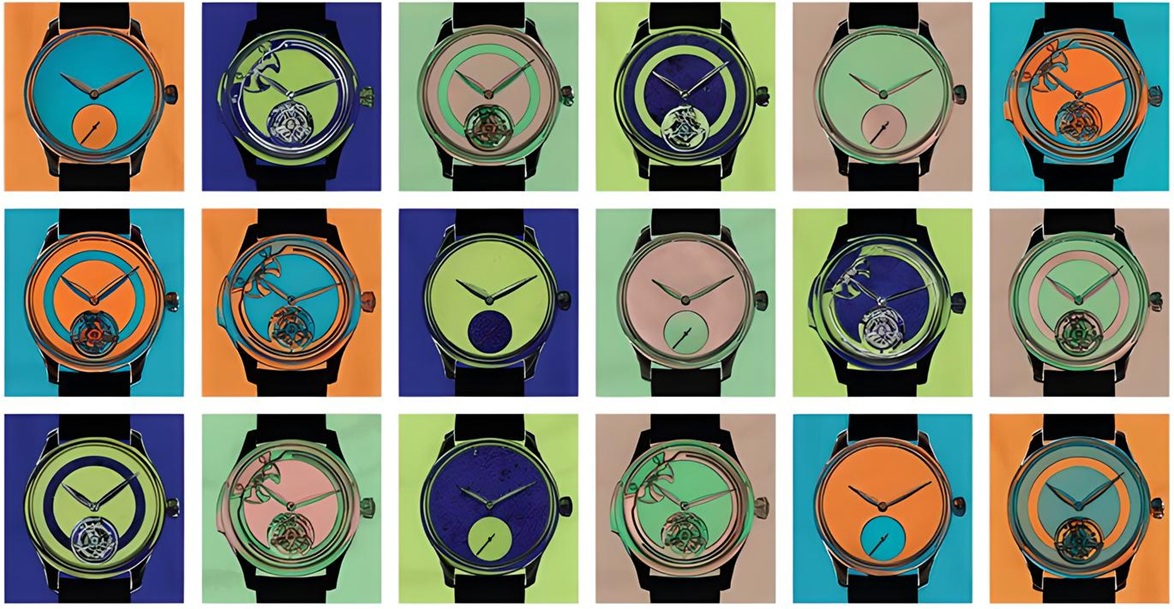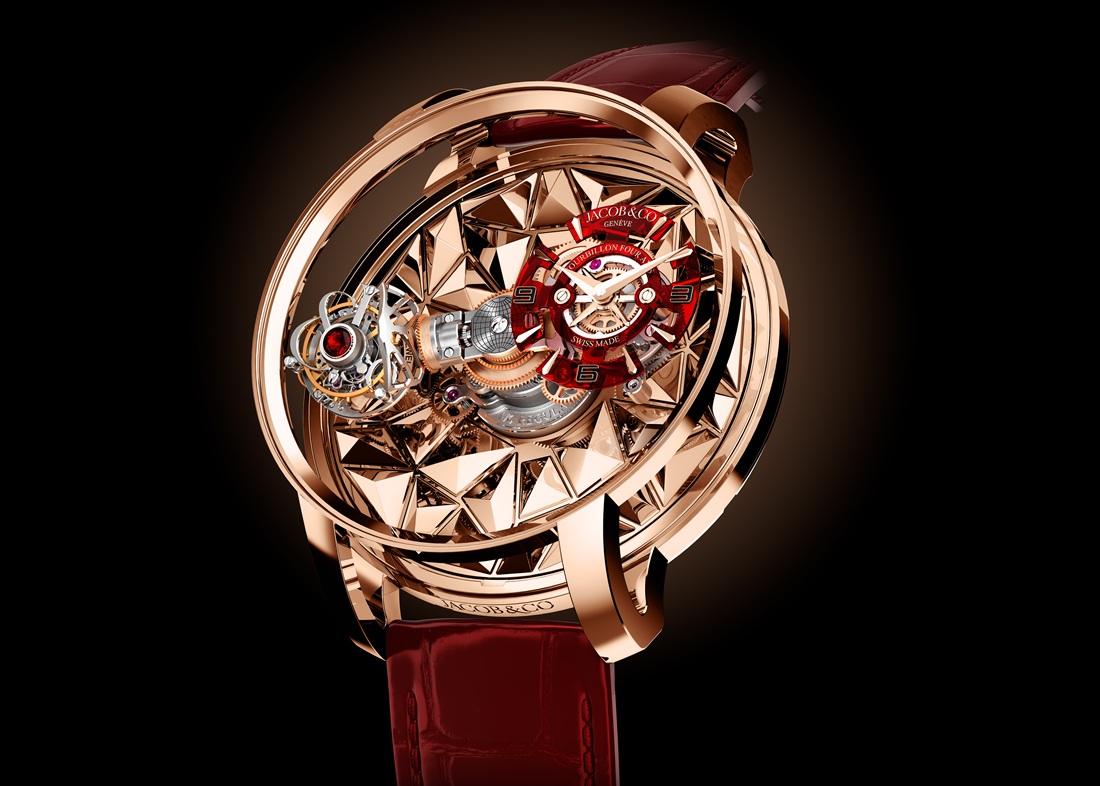Piaget Altiplano Ultimate Concept: The King Of Ultra-Thin
How thin can you go? For Piaget, this has been a question that they have been answering since the late 1950s, and early 1960s when they already set records with their manual wind caliber 9P and automatic caliber 12P. At the time, the goal wasn't purely to create the thinnest watch on the market, but more to give Piaget's designers as much freedom as possible when they create their timepieces. When we fast forward to today, we see a slightly different perspective. While Piaget's ultra-slim movements still give freedom to its designers and find their way in beautiful watches, being thin has gotten an appeal of its own.
By Martin Green
Piaget Altiplano Ultimate 910P: Looking Good While Breaking Records
It is a battle of titans, as Bulgari and Piaget compete with each other to create the world’s thinnest mechanical watches. In this battle, Piaget can bow down on a much longer history as it started its legacy in 1957 with the 2mm thick manual wind caliber 9P, followed in 1960 with the 2.3mm slender automatic caliber 12P. Over the course of the decades, it has mainly used these thin, and small, calibers to offer its designers almost unrestricted freedom, which has resulted in turn in some of the most breathtaking dress watches in the world.
 SIGN UP
SIGN UP




